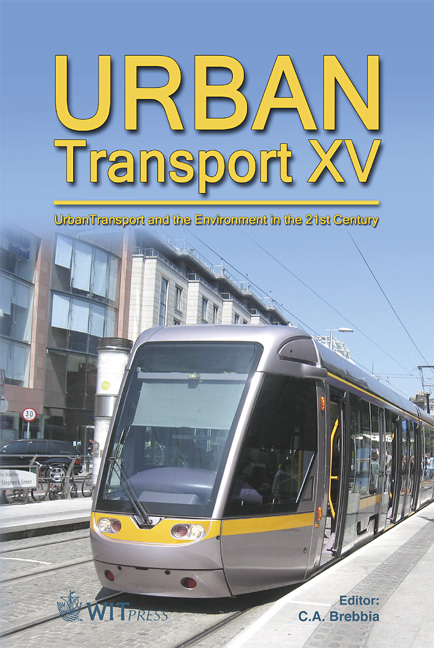The Evaluation Of Public Transport Safety Facilities In Developing Countries: A Case Study In Yogyakarta, Indonesia
Price
Free (open access)
Transaction
Volume
107
Pages
10
Page Range
359 - 368
Published
2009
Size
809 kb
Paper DOI
10.2495/UT090321
Copyright
WIT Press
Author(s)
S. Priyanto & P. Romadhona
Abstract
The development of an integrated road safety strategy in a new system of public transport in Yogyakarta, called Trans Jogja, is to address key concerns such as its facilities and safety equipment in three areas; in the bus, in the shelter, and around the shelter. Besides safety for ordinary passengers, safety for disabled persons are also important to be analyzed, since public facilities, such as public transport, should be able to be used by all citizens. Considering that many other modes of public transport in Indonesia do not pay attention to the facilities for disabled persons, this paper aims to analyze whether Trans Jogja did the same things or in contrast, facilitated for disabled persons completely, including their safety. The most affected facilities which make the biggest probability of passengers using the Trans Jogja are shelters, ramps and zebra crossings. Analysis was carried out using a probit model and based on their conditions the probability to use public transport are 42% for ordinary passengers and 61% for disabled passengers. Keywords: safety facilities, Trans Jogja, probit model, ordinary passengers, disabled passengers.
Keywords
safety facilities, Trans Jogja, probit model, ordinary passengers, disabled passengers





